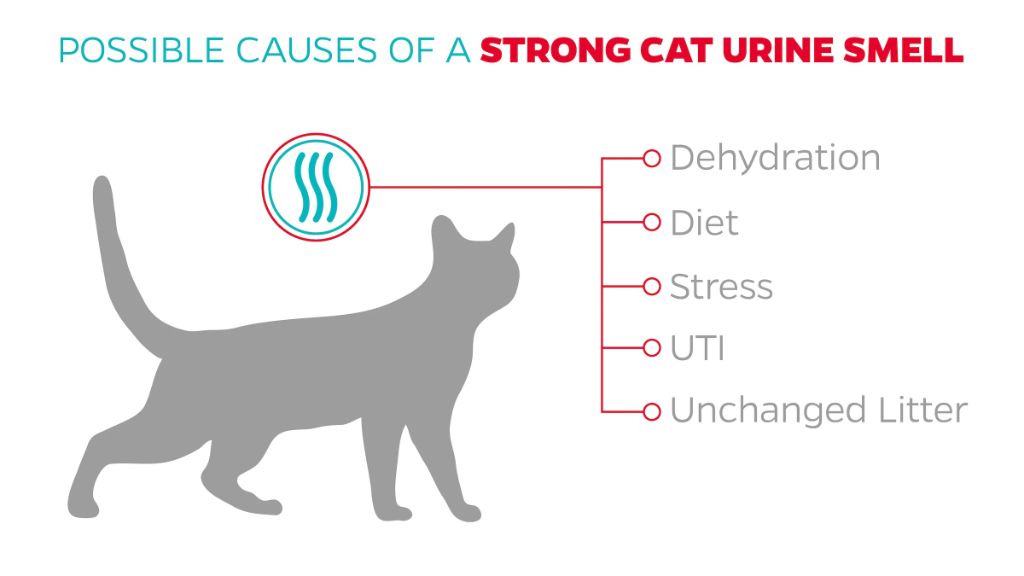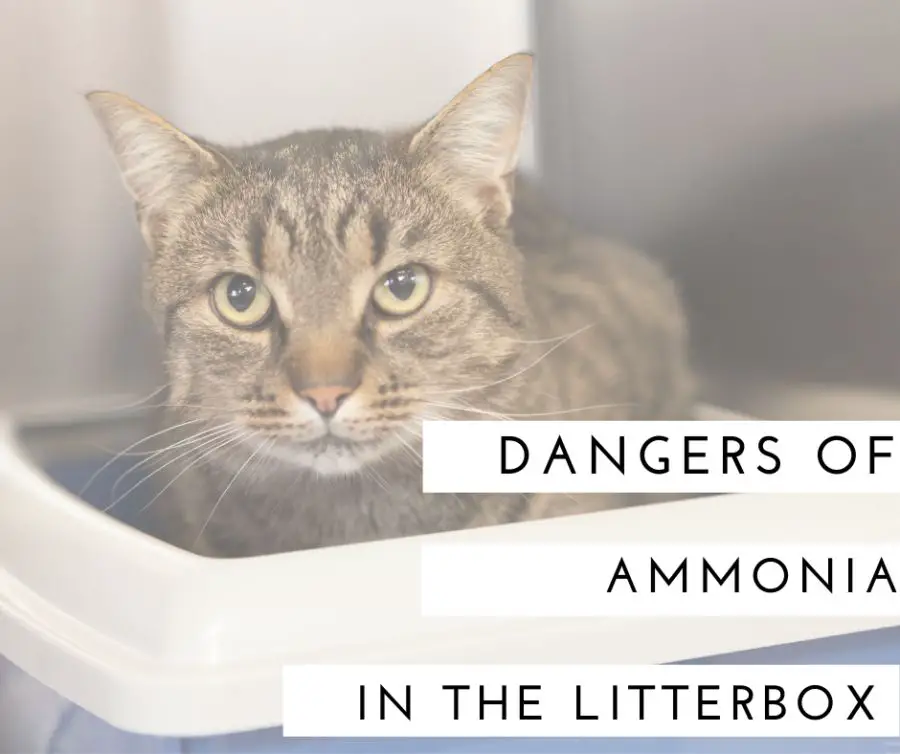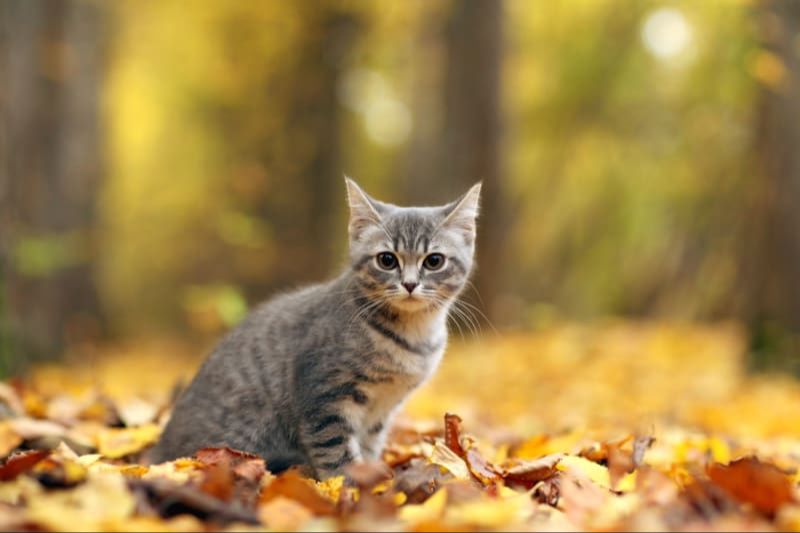What is Ammonia?
Ammonia is a colorless gas with a very pungent odor. Its chemical formula is NH3. Ammonia gas is made up of one nitrogen atom and three hydrogen atoms (Merriam-Webster, definition 1).
Ammonia occurs naturally and is produced by the decomposition of organic matter like plants, animals waste and animal carcasses. It is found in small quantities in air, soil, and water. Ammonia is also produced industrially for use in fertilizers, plastics, explosives, textiles, pesticides and other chemicals. Industrially, ammonia is produced by combining nitrogen and hydrogen under very high pressure and temperature conditions (Wikipedia, paragraph 1).
In nature, ammonia is part of the nitrogen cycle and is produced by bacteria that decompose dead organic matter. It is then converted to other nitrogen compounds by nitrifying bacteria in soil and water. Ammonia is an important nutrient source for plants and phytoplankton. In industry, the Haber-Bosch process combines hydrogen and atmospheric nitrogen to produce anhydrous ammonia gas which is then pressurized to form a liquid (Wikipedia, paragraph 2).
Why Do Cats Produce Ammonia?

Cat urine contains a high concentration of urea. Urea is a waste product formed when the body metabolizes protein. It is filtered out of the blood by the kidneys and concentrated in urine before being excreted from the body. Inside the litter box, bacteria act on the urea in cat urine and break it down into ammonia (NH3) through a process called hydrolysis. This chemical reaction produces the pungent odor we associate with cat urine. Essentially, the strong ammonia smell comes from urea in cat urine decomposing into ammonia gas.
According to ArmandHammer.com, the ammonia smell is especially strong in unneutered male cats. They produce high levels of testosterone, which leads to increased urea output and a more pungent ammonia odor.
Health Risks of Ammonia
Ammonia is a toxic gas that can be very harmful if inhaled in high concentrations. According to the CDC, exposure to high levels of ammonia in the air can irritate and burn the skin, mouth, throat, lungs, and eyes (CDC). The New York State Department of Health states that exposure to very high levels of ammonia can damage the lungs or even cause death (NYDOH).
Some specific health effects from ammonia inhalation include:
- Immediate burning of the eyes, nose, throat, and respiratory tract
- Blindness
- Lung damage
- Shortness of breath
- Wheezing and chest tightness

According to OSHA, the maximum allowable exposure limit for ammonia in the air averaged over an 8 hour work shift is 50 ppm. Exposure to ammonia levels above this can cause harm, especially with repeated exposure (OSHA).
Prolonged exposure to low levels of ammonia can also cause chronic lung disease. It’s important to be aware of ammonia toxicity risks, take proper precautions when using ammonia-based products, and see a doctor if you experience concerning symptoms after exposure.
Detecting Ammonia in Cat Urine
A strong ammonia odor is one of the key characteristics of cat urine that contains high levels of ammonia. According to Sarah’s Pet Sitting Online, the first step in the decomposition of urine is when bacteria breaks down the odorless urea and releases pungent ammonia gas, leading to that characteristic cat pee smell. The stronger the ammonia odor, the higher the ammonia content.
There are a few methods available for testing ammonia levels in cat urine. Urine test strips designed for cats can provide a rough estimate of ammonia content by testing the pH level. A higher pH indicates more ammonia. More accurate quantitative testing requires sending a urine sample to a veterinary diagnostic laboratory for ammonia concentration analysis. This can help identify health issues leading to excessive ammonia output in a cat’s urine.
Reducing Ammonia in Litter Boxes
Ammonia build up in litter boxes can be unpleasant and unhealthy for both you and your cat. Here are some tips for reducing ammonia in the litter box:
Frequent litter changes are key to reducing ammonia. The more often you scoop and completely replace the litter, the less ammonia will accumulate. Experts recommend scooping at least once a day and changing the entire box 1-2 times per week.
The type of litter also impacts ammonia levels. Clumping clay litters are very effective at absorbing odors. Natural litters like pine and wheat tend to allow more odor. Look for litters made to neutralize odors and specifically say they reduce ammonia.
Location of the litter box matters too. Keep it in a well-ventilated area, not a small enclosed space. Having multiple boxes in separate rooms improves air circulation. Avoid placing it near your cat’s food and water.
Adding a litter deodorizer [1] can also help break down ammonia before it builds up. There are many products made just for litter boxes to attack tough odors.
Dangers of Ammonia Build Up
Ammonia build up from cat urine can pose serious health risks for both cats and humans. Ammonia is a pungent gas that irritates the respiratory tract. Long-term exposure can lead to chronic lung and eye problems.

For cats, breathing ammonia can cause respiratory issues like asthma, coughing, wheezing, and difficulty breathing. Ammonia vapors are extremely irritating to the eyes, nose, throat, and lungs. Cats have sensitive respiratory systems, so ammonia build up in the home can be very harmful to their health over time. Exposure to high levels of ammonia can even be fatal for cats.
Humans can also develop respiratory problems when exposed to ammonia regularly in the home. Studies have linked ammonia inhalation to increased asthma symptoms and attacks (Source). Ammonia vapors trigger coughing, eye irritation, sore throat, and breathing difficulties. For people with asthma or other lung conditions, ammonia can severely exacerbate their symptoms.
That’s why it’s critical to scoop litter boxes frequently and remove soiled areas promptly. Allowing urine and feces to sit in the litter box or home releases more ammonia into the air. Keeping a clean litter box, and cleaning up accidents right away, helps minimize hazardous ammonia build up.
Cleaning Cat Urine Accidents
Cat urine can leave behind a potent ammonia scent that is difficult to eliminate. Using the proper cleaning products is key to removing cat urine odors. Avoid any cleaners containing ammonia, as this can attract cats to pee in the same area again (https://www.petmd.com/cat/care/evr_ct_ultimate-guide-to-eliminating-cat-pee-smell). Instead, an enzymatic cleaner formulated specifically for pet messes is recommended.
Look for enzyme cleaners made for cat urine, such as Nature’s Miracle. The enzymes break down the compounds in cat urine that cause odors. Thoroughly soak the soiled area and let it sit for 5-10 minutes before blotting and air drying. This allows the enzymes time to work (https://www.servicemasterclean.com/servicemaster-of-kalamazoo/tips-and-resources/local-blog/2022/june/how-to-remove-cat-urine-smell-for-good/).
For laundry, add an enzyme cleaner along with detergent. If the smell persists after washing, soak the items for 30 minutes in a solution of one cup of white vinegar and 2-4 cups of cold water before washing again.
Baking soda can also help absorb odors when sprinkled generously on carpet or upholstery and left overnight before vacuuming up. Be patient and persistent, as cat urine accidents take repeated cleanings to fully eliminate smells.
When to See the Vet
If you notice signs of excessive ammonia exposure in your cat, it’s important to seek veterinary attention right away. Ammonia toxicity can cause severe health issues, so prompt treatment is critical.
Some signs to watch for include:
- Excessive salivation or drooling
- Vomiting and diarrhea
- Breathing difficulties
- Tremors, seizures or twitching
- Weakness, lethargy or collapse
- Swelling or irritation of the skin, mouth, eyes or paws
Cats with underlying liver or kidney disease may be especially susceptible to ammonia toxicity. Elderly cats or those with respiratory conditions can also be at higher risk. If your cat already has any medical issues, be extra vigilant about ammonia exposure.
Bring your cat to the vet promptly if you notice any concerning symptoms after potential ammonia inhalation. Be prepared to explain about the exposure, including how much and for how long. The vet can run diagnostic tests and provide tailored treatment to address ammonia poisoning and any resulting complications.[1]
Ammonia Toxicity in Cats
Ammonia is toxic to cats when inhaled or ingested in high concentrations. According to a study published in the journal Toxicology and Applied Pharmacology, exposure to 1,000 ppm of ammonia gas for 10 minutes caused significant respiratory and neurological effects in cats [1]. Another study in the American Journal of Veterinary Research found that ingesting just 8 grams of diet high in ammonia led to death in a cat [2].
Symptoms of ammonia poisoning in cats may include:

- Excessive salivation
- Vomiting
- Coughing
- Wheezing or difficulty breathing
- Lethargy
- Tremors
- Seizures
- Coma
Treatment involves removing the cat from the source of ammonia and providing supportive care such as oxygen therapy. Antidotes such as arginine may help clear ammonia from the body. Severely affected cats may need to be hospitalized and placed on intravenous fluids. Prompt veterinary care is essential for the best chance of recovery.
Providing a Safe Home
Keeping ammonia levels low in your home is crucial for the health of both you and your cats. Here are some tips for managing ammonia from cat urine and feces:
- Provide adequate litter boxes – The general rule is one box per cat, plus one extra. This prevents competition and gives them options.
- Clean boxes frequently – Scoop solids at least once a day and change litter completely every 1-2 weeks.
- Use clumping litter – Clumping types trap ammonia so it can be removed.
- Add litter deodorizers – Look for products with zeolites which absorb ammonia.
- Create well-ventilated litter areas – Place boxes in open rooms with good airflow.
- Use air filters and purifiers – HEPA filters help remove ammonia particles from the air.
- Clean accidents thoroughly – Use enzymatic cleaners to break down urine and remove odors.
- Improve overall ventilation – Open windows regularly and run fans to circulate fresh air.
Taking steps to control ammonia levels in your home provides a healthier environment for both you and your feline companions.

